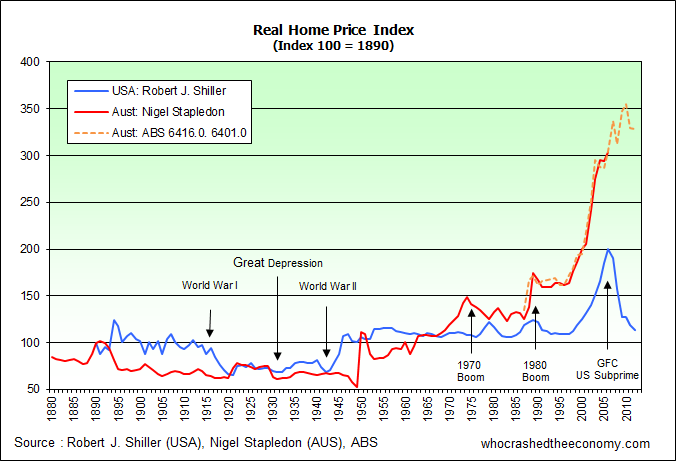Income from Interest, Dividends, and Rent
52 Largest U.S. Metropolitan Areas
RankAreaPopulation 2012Share of Income from interest, dividends, & rent
United States (Metropolitan Portion)267,664,44018.2%
1Miami-Fort Lauderdale-West Palm Beach, FL5,762,717 26.5%
2Tampa-St. Petersburg-Clearwater, FL2,842,878 24.6%
3San Diego-Carlsbad, CA3,177,06321.9%
4Jacksonville, FL1,377,85021.5%
5Virginia Beach-Norfolk-Newport News, VA-NC1,699,925 21.3%
6San Francisco-Oakland-Hayward, CA4,455,560 20.7%
7San Jose-Sunnyvale-Santa Clara, CA1,894,388 19.3%
8Richmond, VA1,231,98019.2%
9San Antonio-New Braunfels, TX2,234,00319.0%
10Las Vegas-Henderson-Paradise, NV2,000,759 19.0%
11Los Angeles-Long Beach-Anaheim, CA13,052,921 18.8%
12St. Louis, MO-IL2,795,79418.6%
13Sacramento--Roseville--Arden-Arcade, CA2,196,482 18.6%
14Washington-Arlington-Alexandria, DC-VA-MD-WV 5,860,342 18.5%
15Orlando-Kissimmee-Sanford, FL2,223,67418.5%
16Boston-Cambridge-Newton, MA-NH4,640,802 18.5%
17Hartford-West Hartford-East Hartford, CT1,214,400 18.4%
18Austin-Round Rock, TX1,834,30318.4%
19Seattle-Tacoma-Bellevue, WA3,552,15718.2%
20Rochester, NY1,082,28418.1%
21Denver-Aurora-Lakewood, CO2,645,20918.1%
22Portland-Vancouver-Hillsboro, OR-WA2,289,800 18.1%
23New York-Newark-Jersey City, NY-NJ-PA19,831,858 17.9%
24Baltimore-Columbia-Towson, MD2,753,14917.9%
25Chicago-Naperville-Elgin, IL-IN-WI9,522,43417.4%
26New Orleans-Metairie, LA1,227,09617.4%
27Milwaukee-Waukesha-West Allis, WI1,566,981 17.3%
28Salt Lake City, UT1,123,71217.1%
29Buffalo-Cheektowaga-Niagara Falls, NY1,134,210 17.0%
30Minneapolis-St. Paul-Bloomington, MN-WI3,422,264 16.7%
31Providence-Warwick, RI-MA1,601,37416.7%
32Oklahoma City, OK1,296,56516.6%
33Kansas City, MO-KS2,038,72416.6%
34Phoenix-Mesa-Scottsdale, AZ4,329,53416.4%
35Philadelphia-Camden-Wilmington, PA-NJ-DE-MD 6,018,800 16.2%
36Riverside-San Bernardino-Ontario, CA4,350,096 16.2%
37Atlanta-Sandy Springs-Roswell, GA5,457,831 16.2%
38Birmingham-Hoover, AL1,136,65016.2%
39Grand Rapids-Wyoming, MI1,005,64816.0%
40Cincinnati, OH-KY-IN2,128,60315.9%
41Pittsburgh, PA2,360,73315.8%
42Louisville/Jefferson County, KY-IN1,251,35115.7%
43Raleigh, NC1,188,56415.7%
44Cleveland-Elyria, OH2,063,53515.4%
45Dallas-Fort Worth-Arlington, TX6,700,99115.2%
46Detroit-Warren-Dearborn, MI4,292,06014.8%
47Charlotte-Concord-Gastonia, NC-SC2,296,569 14.4%
48Indianapolis-Carmel-Anderson, IN1,928,98214.3%
49Columbus, OH1,944,00213.3%
50Houston-The Woodlands-Sugar Land, TX6,177,035 13.3%
51Nashville-Davidson--Murfreesboro--Franklin, TN 1,726,693 12.8%
52Memphis, TN-MS-AR1,341,69012.7%
Source: Bureau of Economic Analysis
Sent from my iPad using Tapatalk








